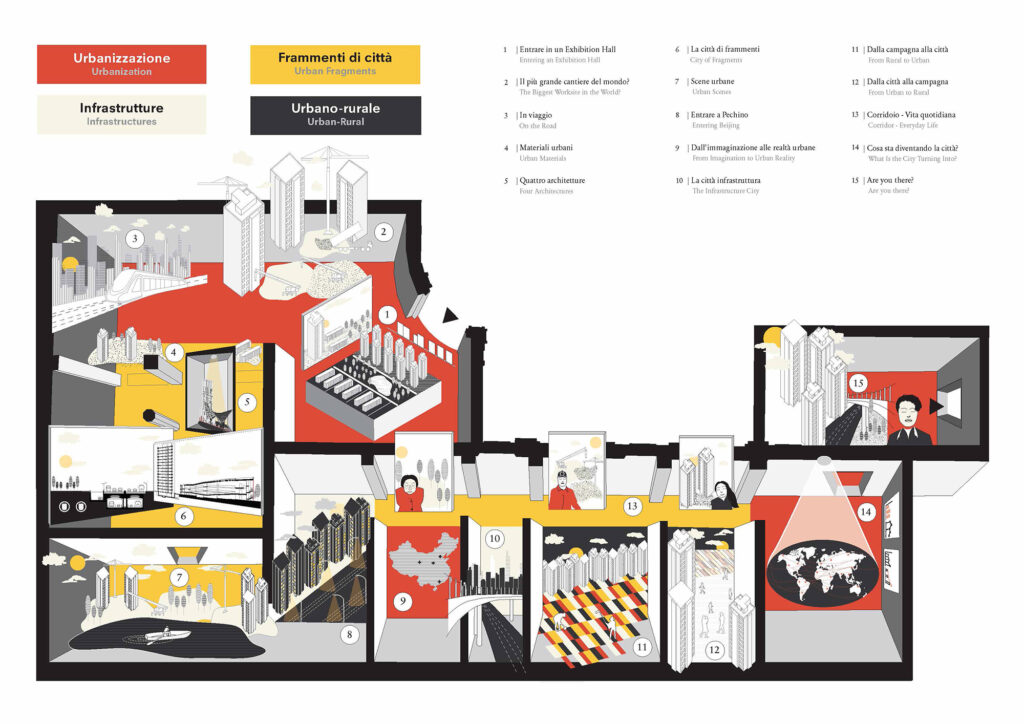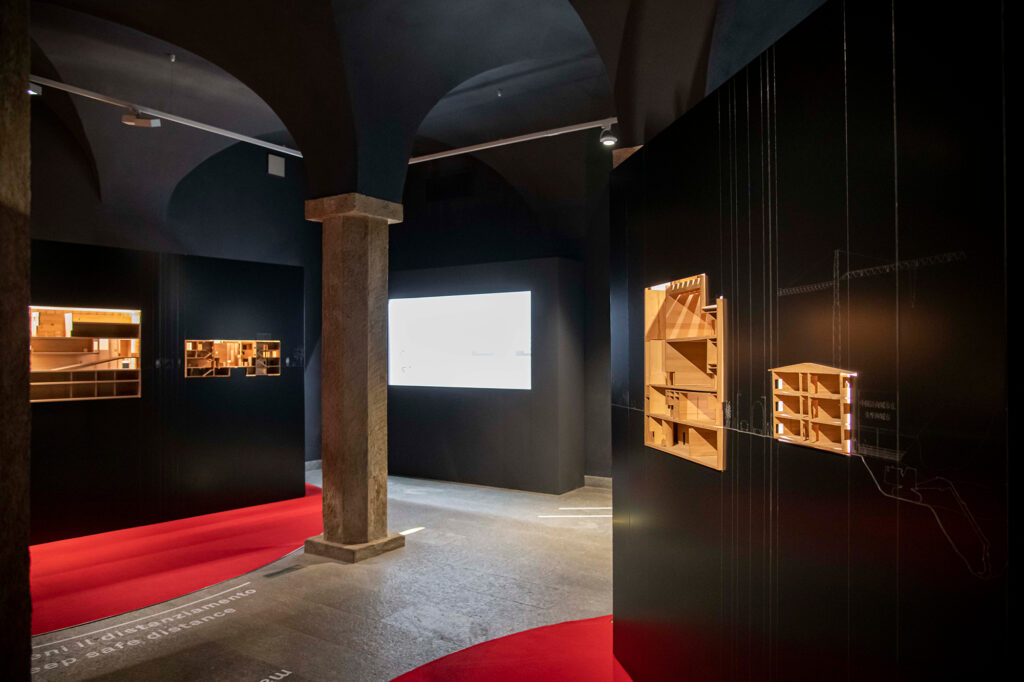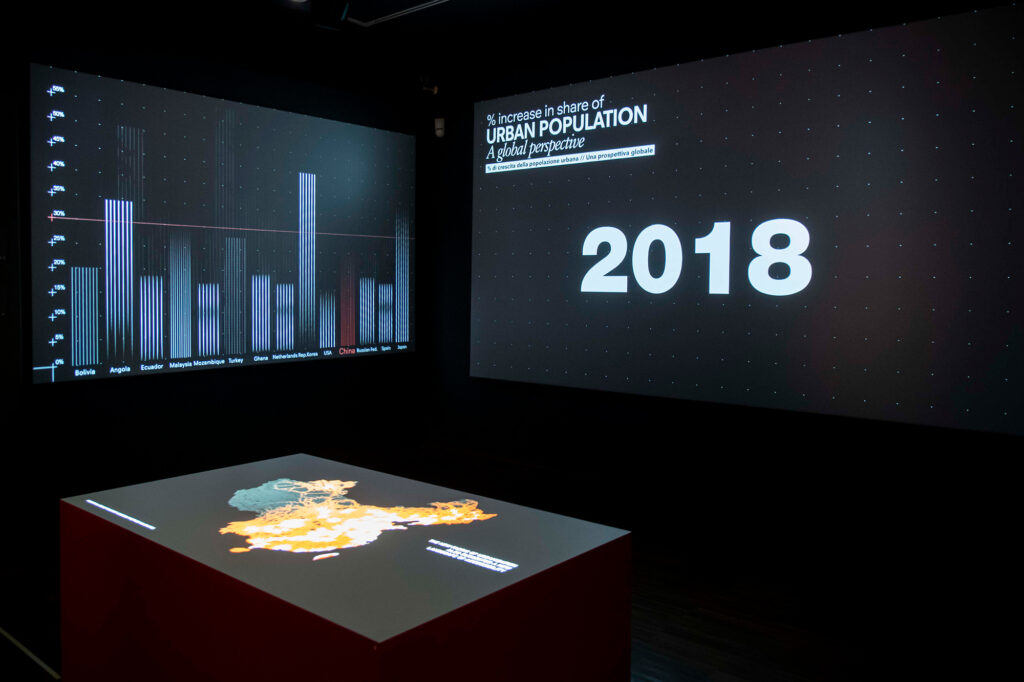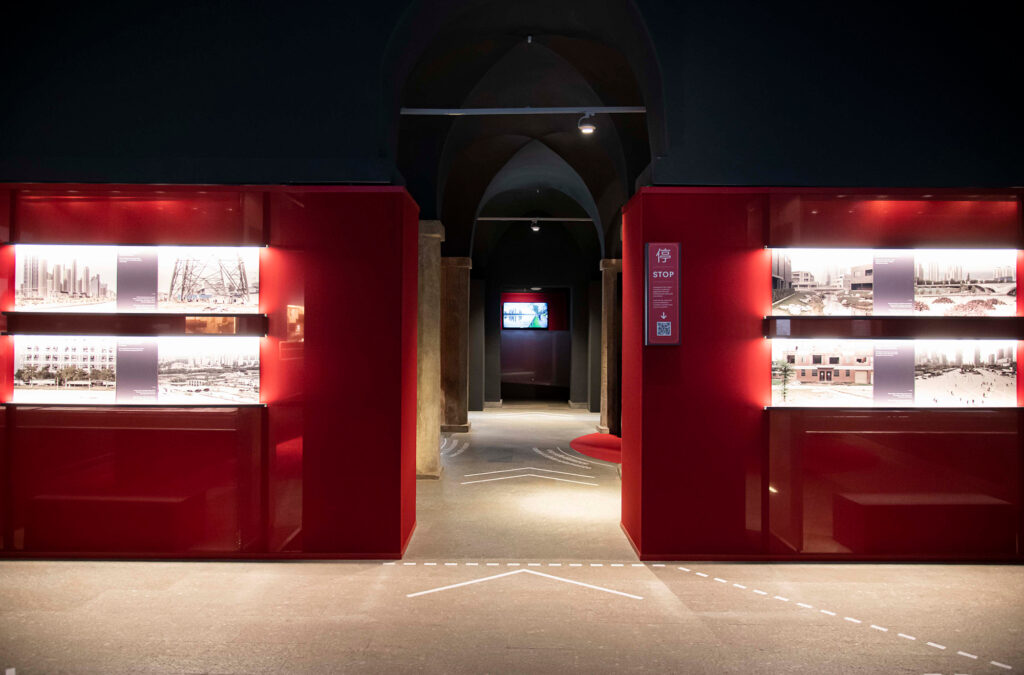Type of work
Reseach Project, Book, Exhibition
Year
2020-21
Role
Scientific Coordinator
Collaboration
Politecnico di Torino, Tsingua University
Location
Turin
Press/Pubblications
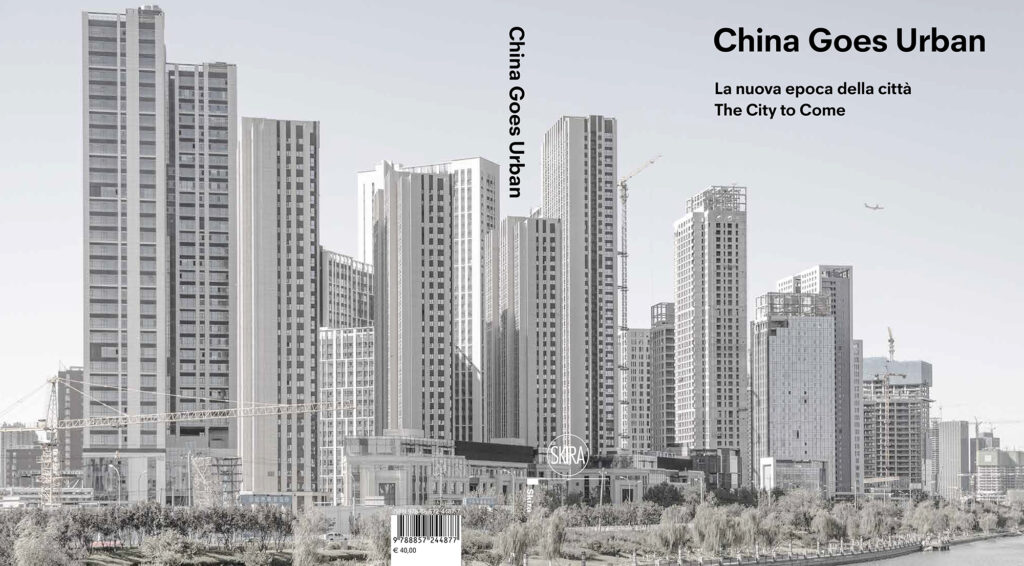
ABSTRACT
As part of my post-doctoral research, China Goes Urban was carried on at the Polytechinc University of Turin in collaboration with researchers and scholars from the École Polytechnique Fédérale of Lausanne, the Tsinghua University of Beijing, and also Prospekt Photographers of Milan. In 1978, 18 per cent of the population in China lived in urban areas. Since then the number of inhabitants in cities has increased approximately 1 per cent per annum and currently makes up 60 per cent of the total population. New infrastructures, settlements, majestic buildings and million of ordinary houses have gradually modified the landscape, transformed property rights, swept away administrative boundaries, and “gobbled up” rural spaces and villages. China Goes Urban proposes to change viewpoint, to look at reality rather than pigeon-hole it in predefined categories and models. Understanding the rapid, disruptive process of Chinese urbanisation is not easy. Existing categories and models are useless. If we believe it to simply be an exaggeration and a flaw, we are effectively ignoring the fact it constitutes an epochal change, that the current pandemic makes ever more deep and hard, one which redefines roles and relationships not only from a geo-economic and geo-political point of view, but also from the point of view of culture, imagination and possibilities. China Goes Urban proposes to change viewpoint, to look at reality rather than pigeonhole it in predefined categories and models. It is an invitation to explore the world by travelling through the city and architecture of today and tomorrow.
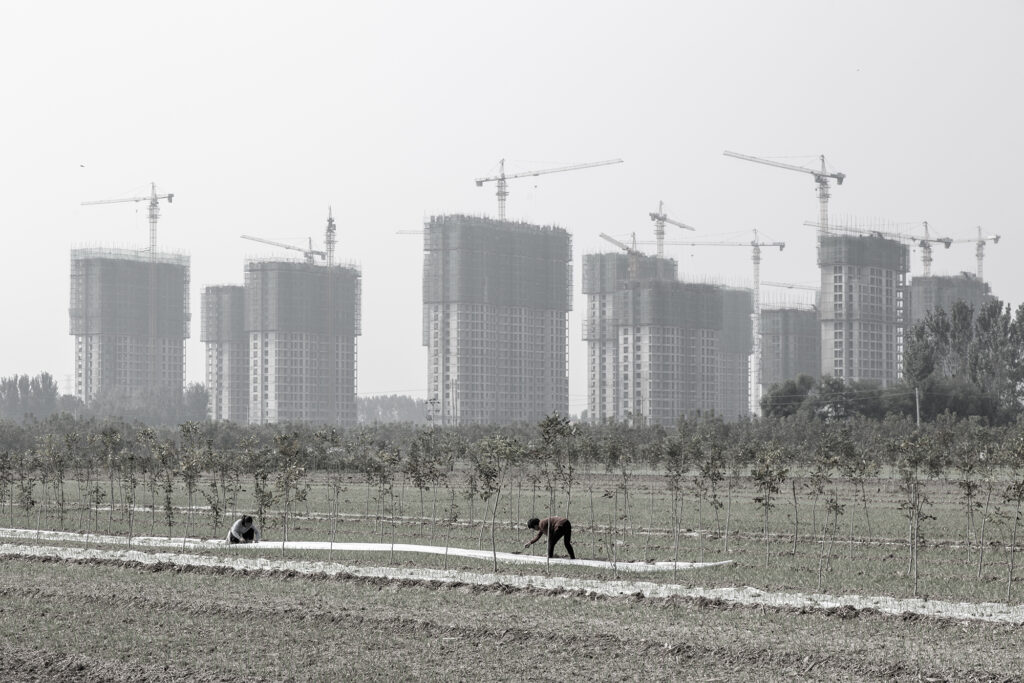
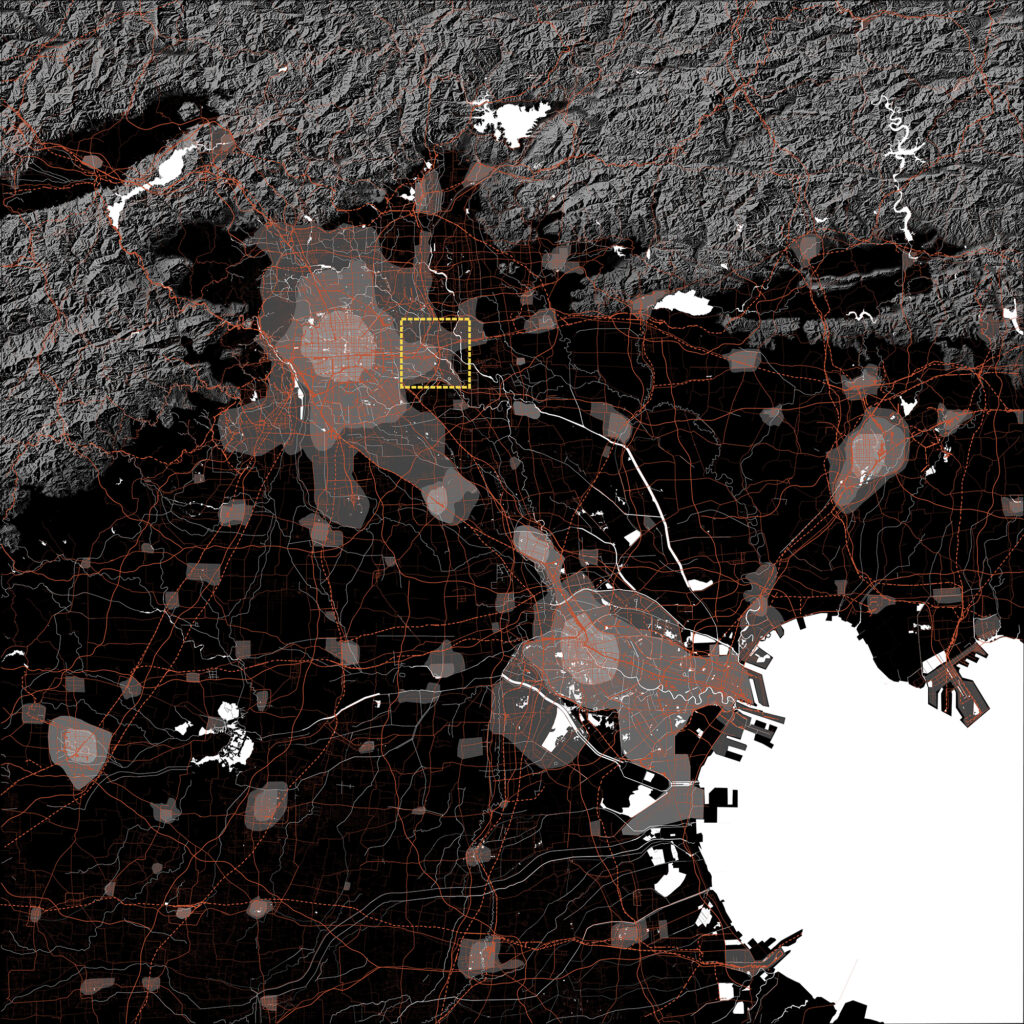
EXHIBITION AT MAO - MUSEUM OF ORIENTAL ART
Curated by the Politecnico di Torino and by Prospekt Photographers, with Tsinghua University in Beijing, and held at the MAO Museum of Orietal Art, the exhibition is the result of four years of research and offers the public a new and broad perspective that traces a line of continuity between past, present and future, connecting the culture of modern China architecture with the impressive transformations of contemporary Chinese cities. Photographs and videos, installations, maquette, data and info-graphics drive visitors along two logical itineraries. The first one gradually deconstructs the idea that Chinese urbanization is exceptional starting from the reconstruction of an “exhibition hall” in which developers and public administrations “stage” the city. The diversity and exoticism normally associated with Chinese cities are then chip away. By showing the ordinary everyday life unfolding in the new settlements, videos, images, installations and explanations gradually make new Chinese urbanizations more “familiar”. The second itinerary begins from empty, distant, and lifeless spaces. Gradually, however, the same spaces become more animated: the photographs and videos narrow the gap between the visitors and the persons portrayed, their faces, gestures, movements and their relation with local architecture. In this manner, the exhibition provides new conceptual means to understand the intertwined relations between local architecture and process of urbanization at a planetary scale. By displaying vagueness and confusion the exhibition describes urban complexity, moving beyond a reference to models often inspired by western urban theories and then applied to Chinese cities; often generic and ‘thin’, made up of keywords rather than specific concepts so that they fit any place (and consequently none); often imbued with a strong communicative and persuasive content that is not, however, directly reflected by the physical nature of the places that are being built, lived in, and endlessly modified.
